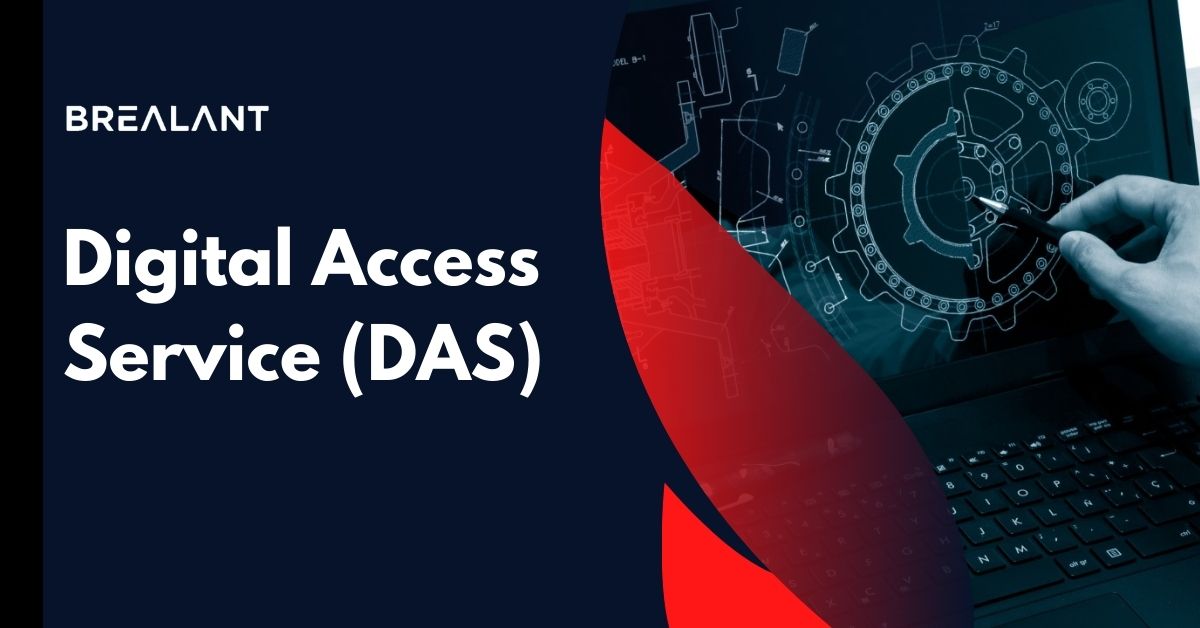

In our rapidly evolving digital age, the World Intellectual Property Organization (WIPO) stands at the forefront, championing innovation and protecting intellectual property rights. One noteworthy initiative WIPO introduced is the Digital Access Service (DAS). This transformative platform facilitates efficient and secure access to priority documents in the field of intellectual property. In this blog post, we will delve into the significance of DAS within the WIPO framework, exploring its key features, benefits, and broader impact on the global intellectual property landscape.
Understanding DAS in the WIPO Context
DAS, pioneered by WIPO, is a pioneering initiative that addresses the challenges associated with accessing priority documents in the field of intellectual property. Priority documents are essential in patent applications, providing evidence of the earliest filing date for an invention. Traditionally, obtaining these documents involved a complex and time-consuming process, often hindered by bureaucratic barriers and international procedure differences.
WIPO's Digital Access Service simplifies this process by providing a secure electronic system for exchanging priority documents between intellectual property offices worldwide. The service operates on a decentralized network, connecting participating offices and streamlining the sharing of priority documents. This enhances efficiency and fosters a collaborative global environment for innovation.
Key Features of WIPO's Digital Access Service
Benefits of DAS for Stakeholders
WIPO's Leadership in Shaping the Digital Intellectual Property Landscape
WIPO's commitment to innovation and efficiency in intellectual property management is exemplified through initiatives like the Digital Access Service. By spearheading the development and implementation of such digital platforms, WIPO modernizes existing processes and sets a precedent for other international organizations and national intellectual property offices.
As the global intellectual property landscape evolves, WIPO's proactive approach ensures stakeholders are equipped with the tools and resources needed to navigate this dynamic environment. The Digital Access Service is a testament to WIPO's dedication to facilitating a seamless and interconnected global intellectual property system.
Challenges and Future Prospects
While DAS represents a significant leap forward in digital access to priority documents, challenges persist. Issues related to standardization, interoperability, and the inclusion of more intellectual property offices in the network must be addressed to unlock this service's potential fully. In collaboration with its member states, WIPO is actively working to overcome these challenges and further enhance the efficacy of DAS.
Looking ahead, the prospects of DAS are promising. DAS will likely evolve as technology advances, incorporating cutting-edge features and functionalities. The ongoing collaboration between WIPO and its member states and the active participation of the global intellectual property community will play a pivotal role in shaping the trajectory of DAS and ensuring its continued success.
Conclusion
WIPO's Digital Access Service is a groundbreaking initiative that transcends traditional barriers in exchanging priority documents, streamlining processes, and fostering global collaboration. As we navigate the digital age, the importance of such initiatives cannot be overstated. DAS exemplifies WIPO's commitment to harnessing technology for the greater good of the global intellectual property community, paving the way for a more efficient, transparent, and interconnected future.